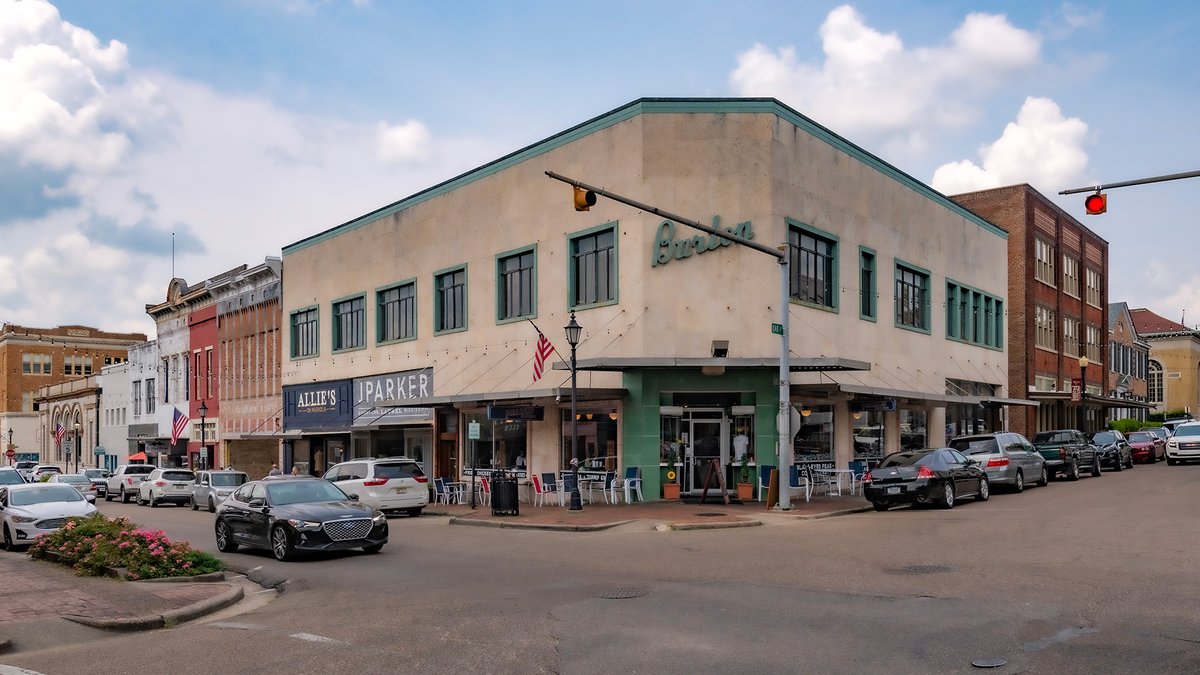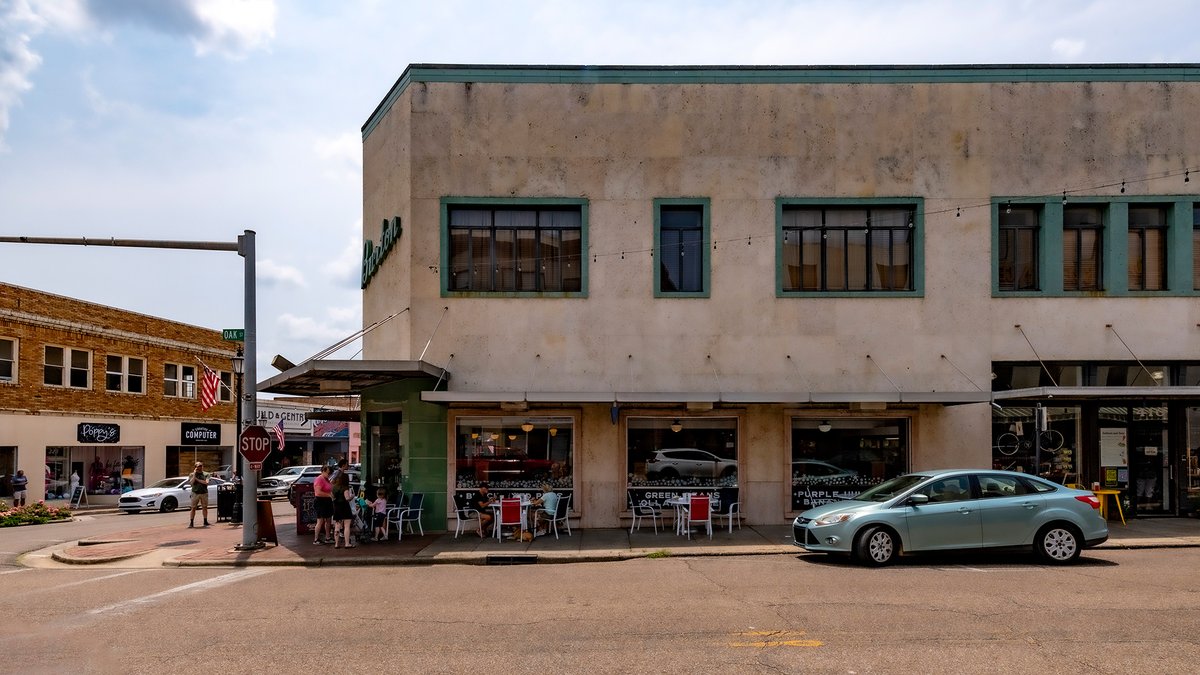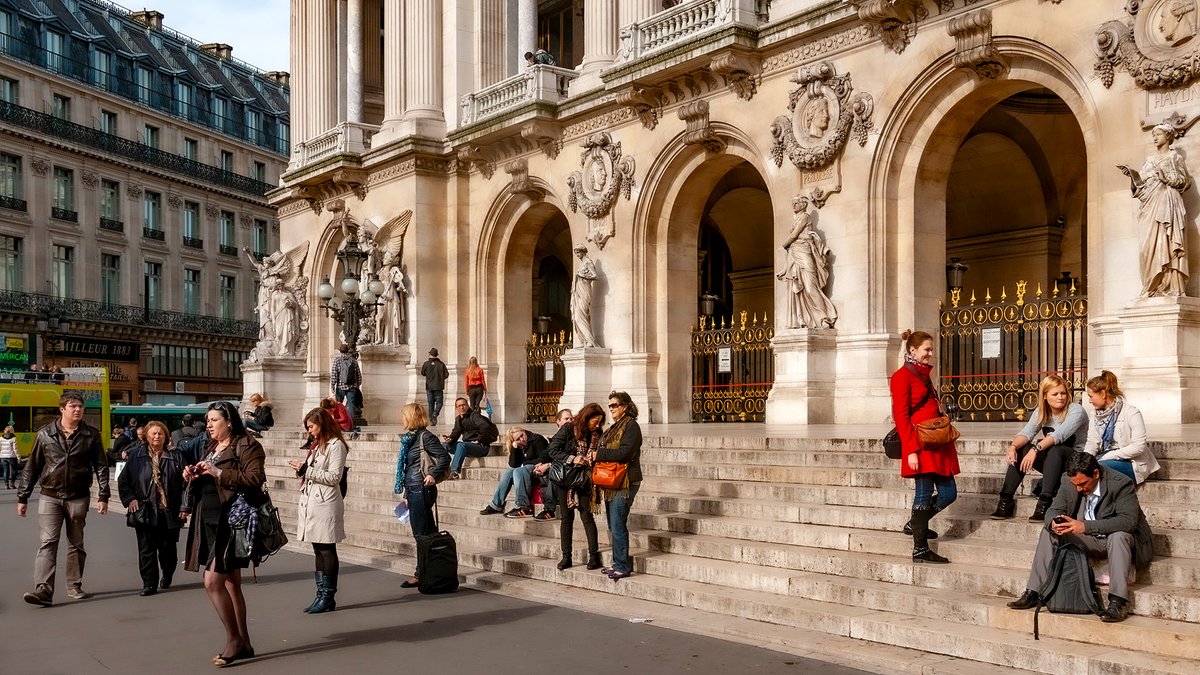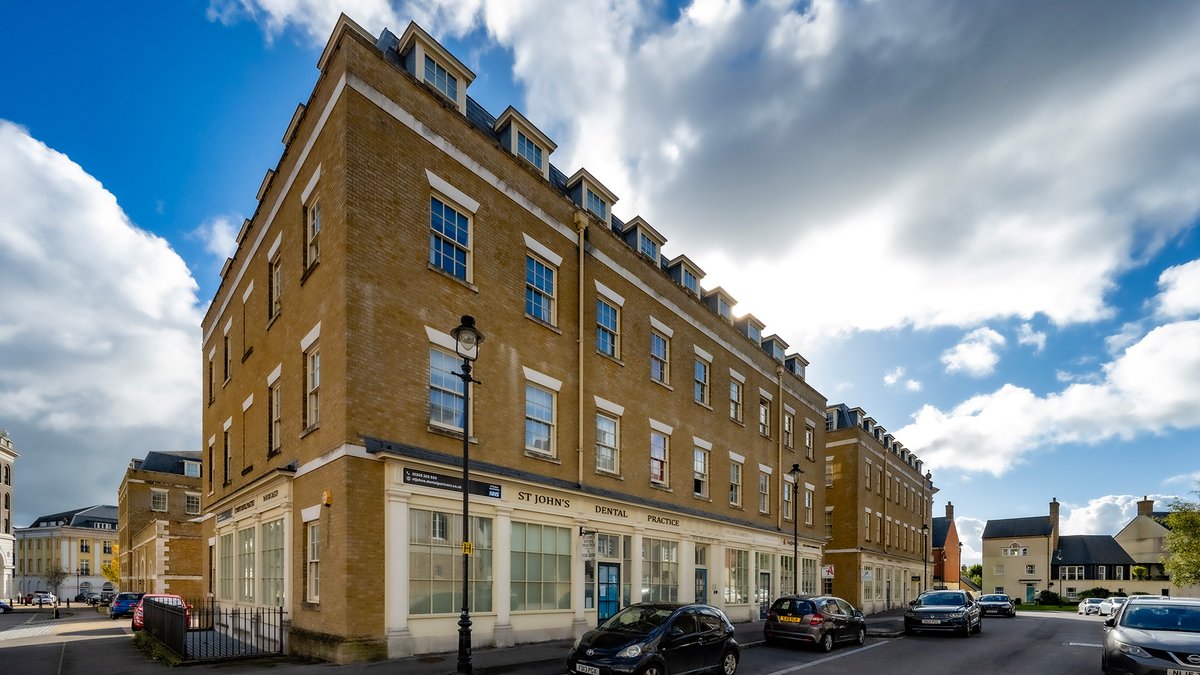What is Goldilocks Messy? As a place recovers from disinvestment, disaster, or sprawl, what's the just-right balance of messy and clean? A place needs to be improved enough to give hope, but be imperfect enough to feel human. How do we find that place? 

Ben & Erin Napier may be doing the best job of anyone I'm aware of getting to Goldilocks Messy in Laurel Mississippi. What they're doing in this little town creates enough hope that Laurel is swarmed with fans on pretty days, but they're not sanitizing anything so far. 

Here's a classic example of what Ben & Erin are doing. These buildings show much evidence of long histories; the only interventions are graphics, paint, and string lights. This is incredibly lean inspiration. My understanding is that they mostly act as catalysts & builders. 

I don’t think Ben & Erin were billionaires that came in and just bought the town and redeveloped everything themselves. They are designers & builders so people hire them, and what they seem to be doing is equipping many local building & business owners to transform the place. 

As for Goldilocks Messy, they have created a few nearly-perfect places in town, like their Laurel Mercantile store. But it still has healthy patina, like the remnants of the long-lost storefront to the right and the jagged brick once connected to the building to the left. 

Pics of countless fans have been taken at the Laurel Mercantile sign and the old blue truck. But it's still an imperfect canvas, with real patina all around, accumulated across the decades.@LCForceOfNature check out this thread for your Wharton work. Lots of Laurel lessons. 

This is brilliant; I've seen it in a few other places. When a building burns or otherwise comes to ruin, hold the frontage line even if there's nothing left inside but an urban yard. Or maybe it becomes a yard like this: 
https://twitter.com/stevemouzon/status/1551554718866063362Either place-saver > parking lot.

Ben & Erin don't just work downtown. They've renovated several Laurel houses beautifully. When you do a good enough job that people's eyes light up, it inspires many other renovations. Don't know whether this was one of the inspiring jobs or inspired ones but it's excellent. 

Other shelter show superstars build an oasis of perfection but it's far better to set your sights higher than just each build, and seek to transform a town. Being that catalyst is far more enduring, and may outlive all of us. Living Traditions are built of this. 

• • •
Missing some Tweet in this thread? You can try to
force a refresh
















